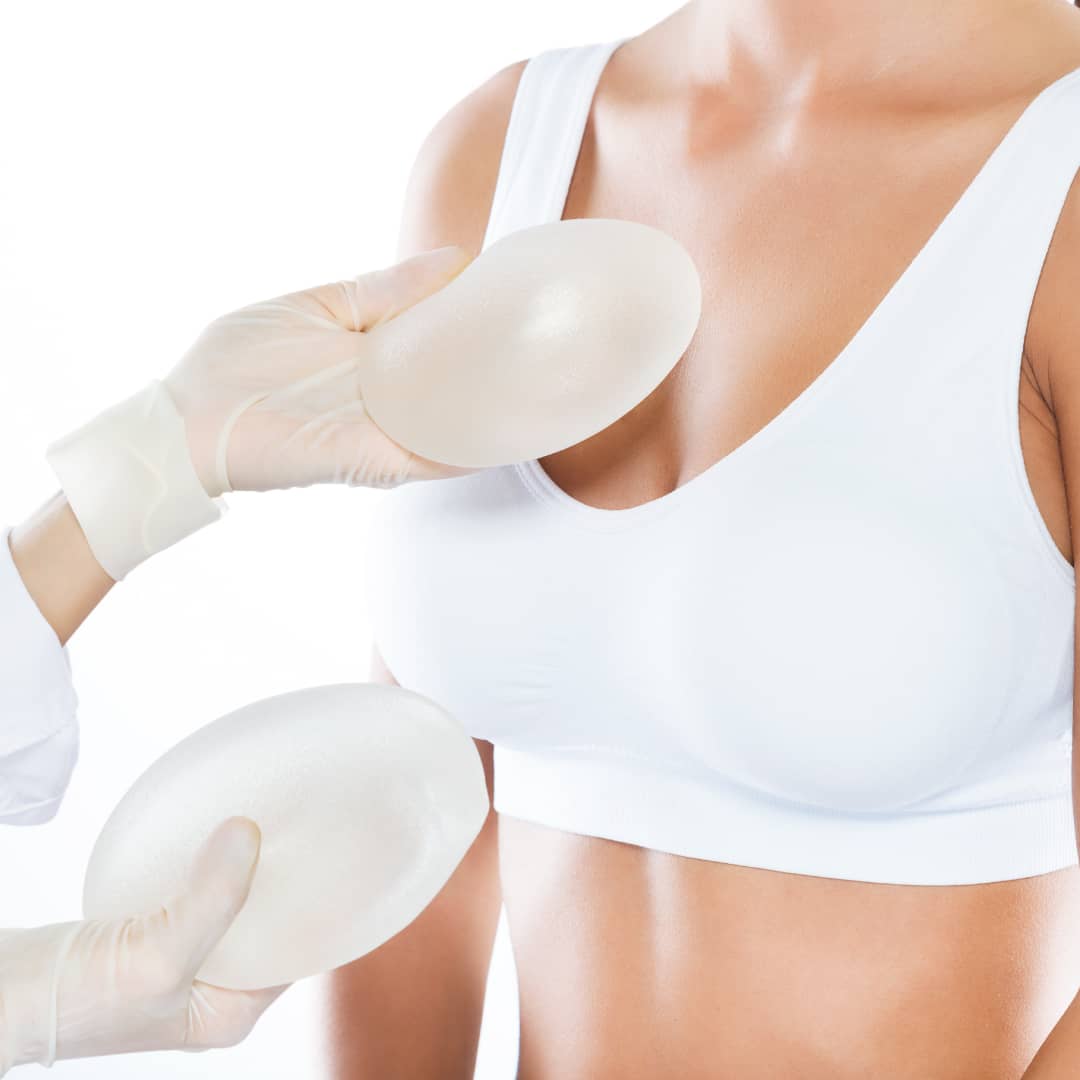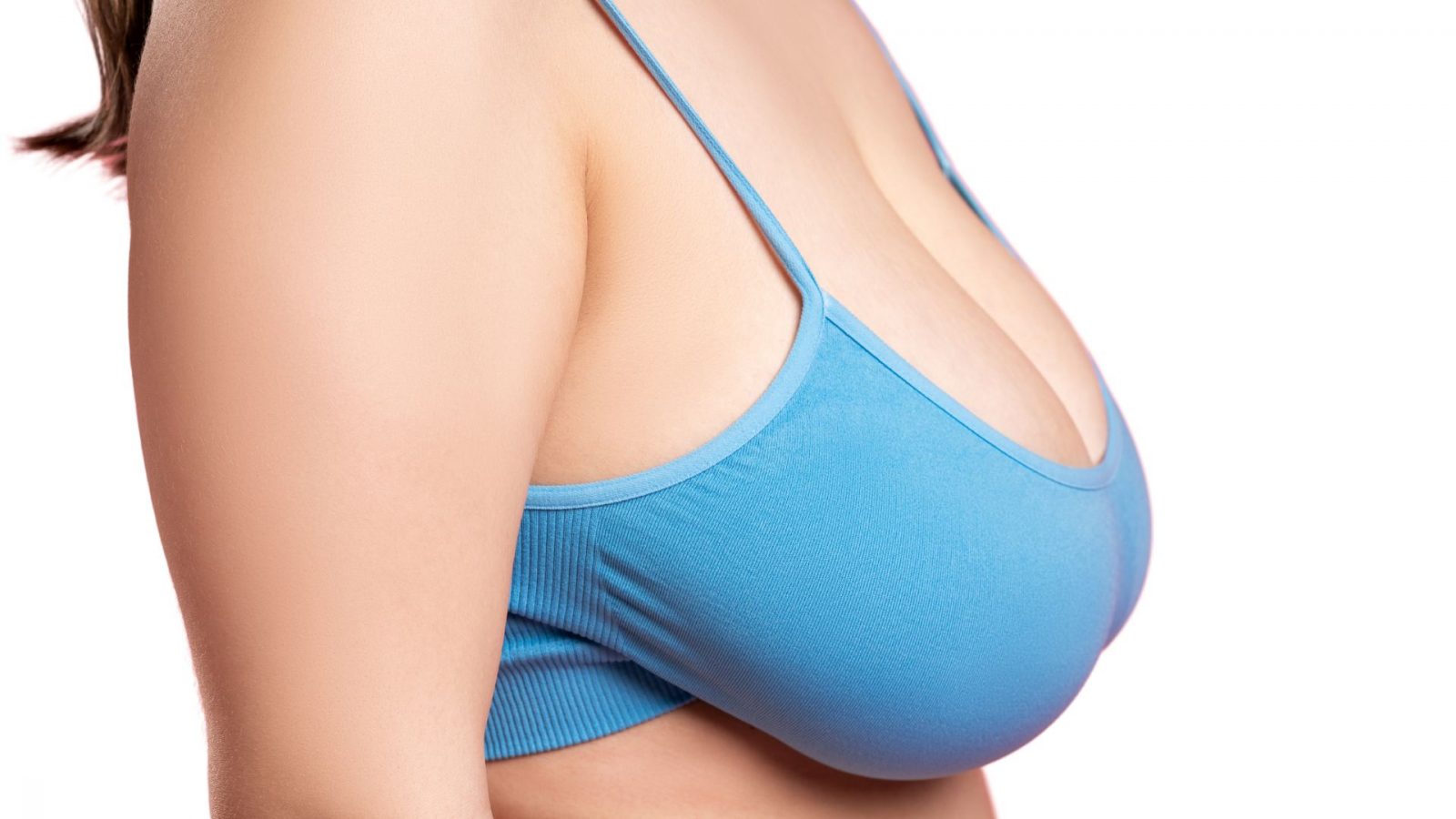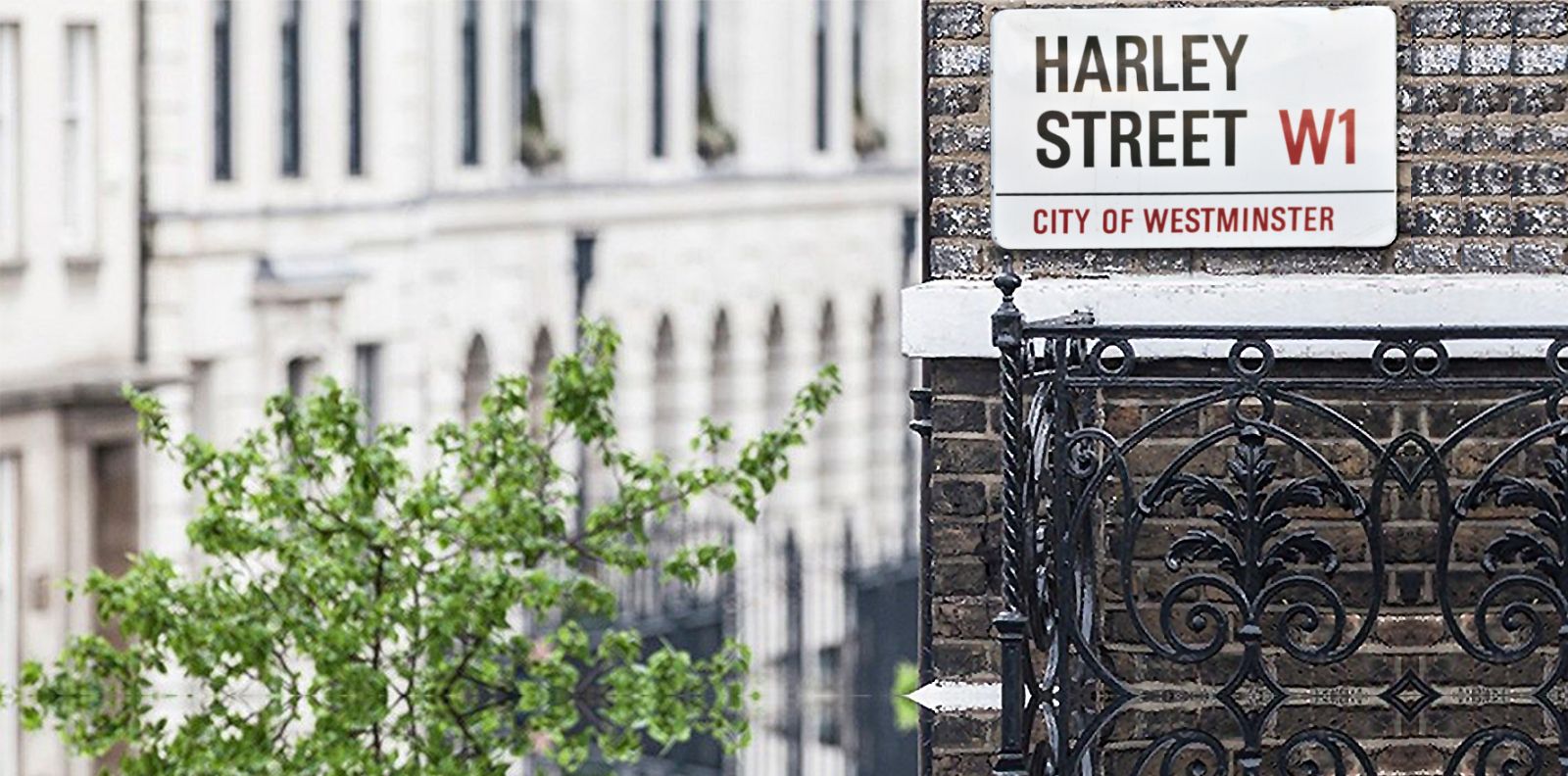Your breast augmentation journey starts with the consultation. It’s during this time in which you can discuss how you would like your new breasts to look, the type of implant used, the shape, the procedure itself, risks and potential complications, your medical history and aftercare. We’ll also examine the breasts to get an idea of what we can achieve.
Your surgeon will help you determine the best size for you by using a 3D simulation app to help you visualise how the size and shape of the implants may look.
At 111 Harley St., we also provide you with the opportunity to feel the implants and try the implants on to gage an idea of the weight, feel, and how they will look when wearing clothing.
A breast augmentation is performed under general anaesthesia and may require an overnight stay in hospital.
The surgeon will make an incision either below the breast, around the areola or under the armpit.
Working through the incision, the surgeon will lift the breast tissue and skin to create a pocket which is usually either directly behind the mammary tissue or underneath the chest wall muscle.
The surgeon places the implants centrally beneath the nipples and closes the incisions with stitches.














